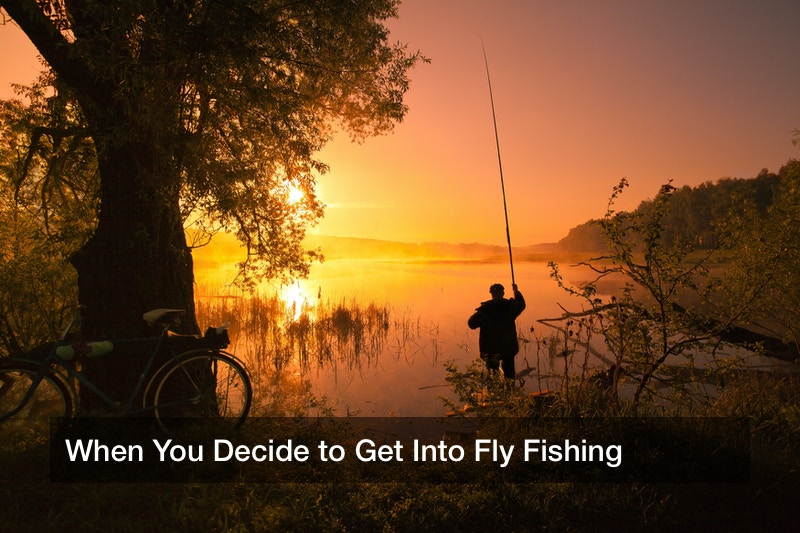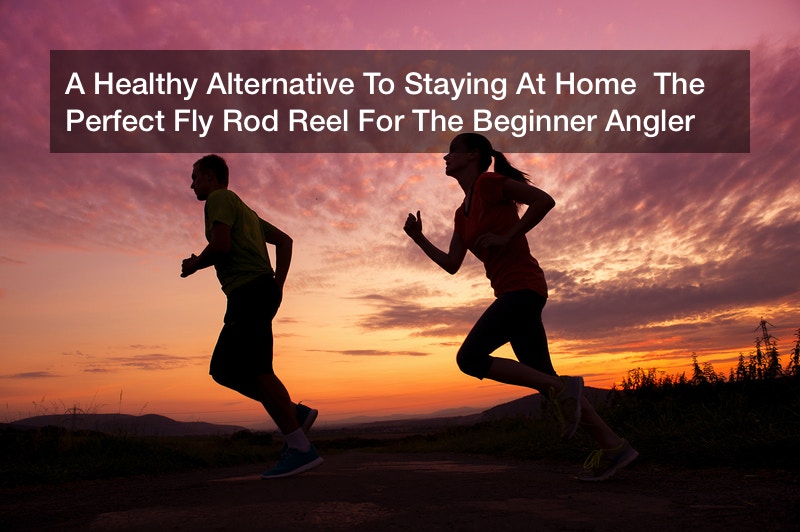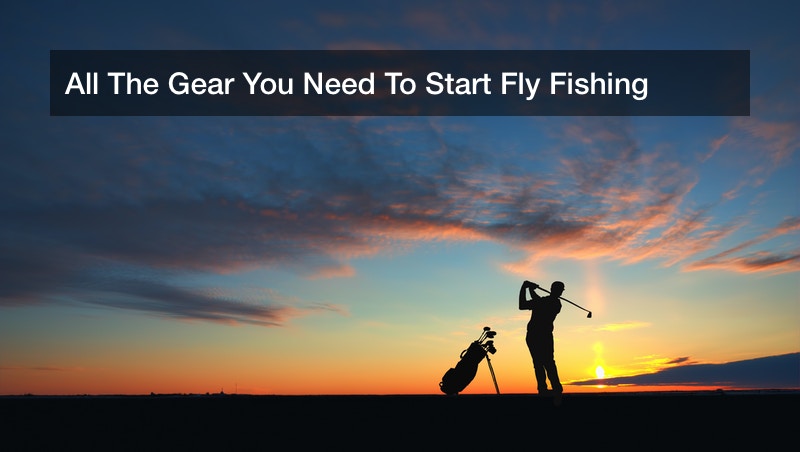
Fishing is practiced around the world today, and mainly as a leisurely activity. No ordinary angler can catch nearly enough fish to supply a local community; that is the work of commercial fishing boats with whole crews, equipped with nets. Instead, today’s fishers and fly fishers are visiting nature to relax and “get away from it all,” and fly fishing can make for a pleasant day out in the wild. And like with any other sport or hobby, fly fishing requires some gear, such as a fly fishing outfit, sage fly reels, fly rods, tackle, and more. An aspiring angler can find these lures, rods, fly fishing outfits, and more at local outdoor supply retailers to launch their new fly fishing hobby. After that, they can get some training and practice fly fishing properly so they can get the most out of this sport. What might this entail?
Getting the Right Gear
As mentioned above, any aspiring angler can get nearly everything that they need at local outdoor goods retailers. There, helpful store associates can answer questions and review various fly fishing outfits, rods, reels, and more and explain it all to the customer. In this way, a new angler can figure out the right gear for their needs and know how it all works. This even includes a fly fishing outfit, since fly fishing often involves standing knee deep or even waist deep in a cold creek or stream (as opposed to regular fishing, often done from a pier or on a boat). No one wants to get soaked while fishing, but they can get tall, waterproof boots as part of their fly fishing outfit. These boots allow them to stand deep in water while fishing, and such boots can even form overalls of a sort. This outfit may also include a vest with pockets where the fisher can store tackle and lures, extra line, and even sunglasses to protect their eyes from glare on the water’s surface. A good fly fishing outfit may also include a wide-brimmed hat to help keep the angler cool and prevent sunburn.
Going Fishing
So, how is fly fishing different from regular fishing, aside from the name? For one thing, fly fishing involves a different casting method than regular fishing does. Conventional fishing makes use of a heavy lure to throw out the line, but fly fishing lure are too light for that. Instead, the fisher will toss the rod so that they are casting the line directly, and the line may land on the water’s surface, along with the lure itself. This means that there is no big splash to alarm the fish, and this low-disruption entry method can allow fish to come right over without fear. It will take some practice to get used to this casting method, and a new fly fisher may want an experienced angler to coach them.
Going fly fishing also means paying attention to local wildlife conservation agencies. These agencies are responsible for maintaining local wildlife populations for the benefit of hunters, fishers, and sight-seers alike, and a fly fisher can work through them to get all permits and paperwork that they need. Restrictions may include limits on how many fish of a given species an angler may keep, and those fish may need to be a certain minimum size or larger. Fish smaller than that should be released at once, so they can remain a part of the local breeding population and thus help maintain the species’ overall population.
A fly fisher may keep a bucket for life capture, keeping fish alive in the bucket’s water. But some anglers choose a “catch and release” policy for all fish, if they are fishing simply for the leisure of it. This certainly helps maintain local fish populations, and the fly fisher won’t have to concern themselves with fish size or number limits.


